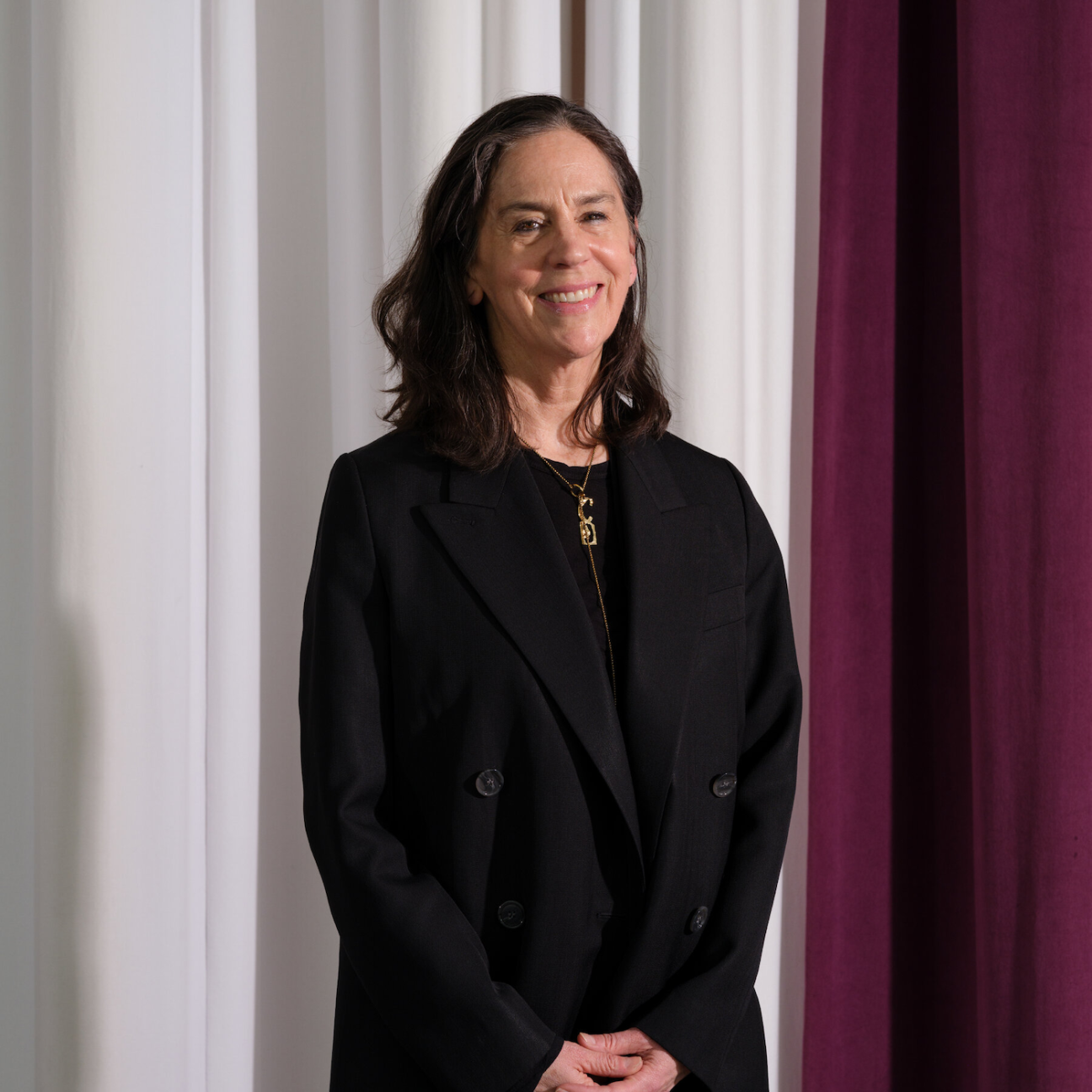
More than a decade ago, Connie Butler found herself surrounded by post-its inside MoMA PS1. To prepare for Greater New York 2010, the Queens institution’s quinquennial exhibition dedicated to the city’s buzzing contemporary art scene, she and her fellow curators plastered the walls with notes about artists at various stages of the research process.
Fourteen years later, Butler will soon dive into another edition of Greater New York, due to open in 2026. This time around, she is doing it as MoMA PS1’s director. Butler took the helm of the beloved art space in September of last year after a decade in Los Angeles, where she served as chief curator of the Hammer Museum. (Before that, she worked at the Museum of Modern Art and frequently collaborated on shows at PS1.)
On Nov. 14, PS1 will open the first exhibition Butler has organized since assuming her post: a survey of the artistic polymath and downtown New York fixture Ralph Lemon. In her first interview since taking on the job, Butler spoke to CULTURED about why Lemon’s was the show she wanted to start with, how she is handling the transition from LA to New York, and the major projects she has in the pipeline.

Sarah Harrelson: You’re a legendary curator and institutional leader in the art world. MoMA PS1 is a storied petri dish for the artistic avant-garde. What does this role, in this place, mean for you at this stage of your career?
Connie Butler: MoMA PS1 is one of the few places in the art world that centers artists authentically, has the trust of the artist community and audience, and offers opportunities for discovery and learning. I have long admired PS1 and had worked with the institution multiple times prior to taking the job. PS1 is at a pivotal moment in its history, thinking not only about our core audience of artists but also how to reach broader audiences with our integrated approach to curating. We also sit in one of the fastest growing and most diverse boroughs in the country so it’s an extremely exciting time to rethink the terms of how an art museum can serve its public.
Harrelson: In preparing for your role at PS1 and in your first year there, what pivotal moments in the institution’s history did you look back to or study?
Butler: I am interested in PS1's history of global exhibitions, often featuring artists and artworks in a museum context for the first time. PS1 also has a remarkable track record of working with outstanding global curators, such as Okwui Enwezor, whose 2002 exhibition "The Short Century" profoundly impacted PS1 and the art world more broadly. I’m also interested in the history of artist engagement within the building, dating back to Alanna Heiss's opening exhibition “Rooms” in 1976, which invited artists to make interventions throughout PS1's historic building. To this day, we maintain the presence of artists producing work in our galleries in response to our spaces.
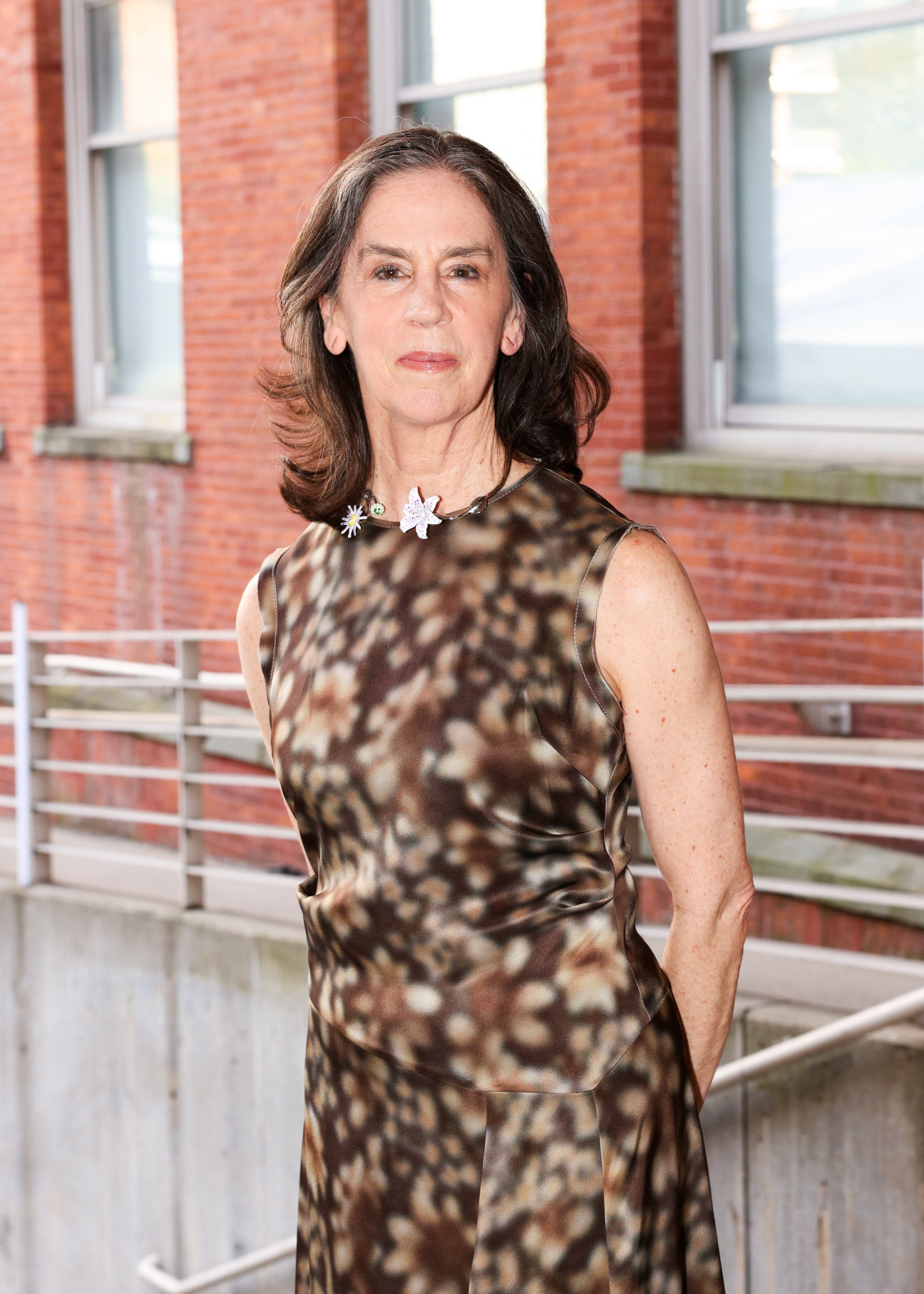
Harrelson: As an institution, MoMA PS1 has such a strong foothold in the local art scene. As its leader, how are you thinking about what the New York art ecosystem needs more and less of?
Butler: As MoMA PS1’s leader, I’m very preoccupied with the question of what the New York ecosystem needs. It’s what keeps me up at night! I believe PS1 is at the forefront of authentic connection with artists, keeping our ears to the ground and listening to artists and their communities. The New York ecosystem needs more authenticity and specificity and also courage.
Harrelson: You re-entered the New York art world almost exactly a year ago after a decade in California. What have you learned from the last year, and how has it felt to be back in New York?
Butler: In my first year back, I've seen that it’s still an extraordinary place to experience art and artists. The discourse is rigorous and dynamic, providing access to high-level thinking and production. Leading an institution that contributes to this landscape is an extraordinary challenge and a lot of fun.
Harrelson: The New York-LA divide, or friendly competition, is art world lore. What do you see as the main differences?
Butler: I don’t think the competition between New York and LA is interesting anymore; they are two very different places. People in LA aren’t focused on New York, and vice versa. Each city has its own art ecosystem, and they are both very exciting in different ways. At PS1 we consistently show LA artists and any New York institution that has an international remit needs to know Los Angeles. And vice versa.
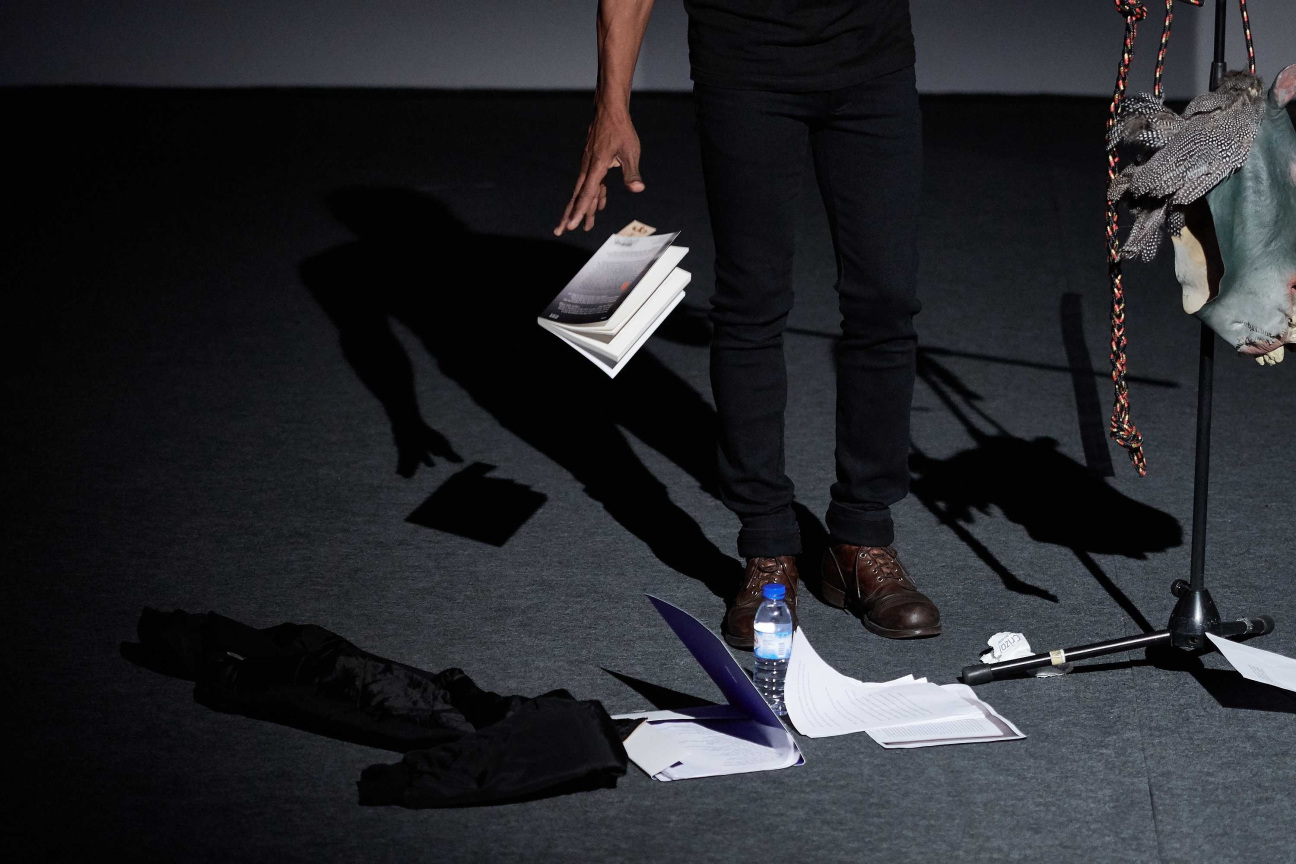
Harrelson: The Ralph Lemon show opening Nov. 14 is the first you’ve organized as MoMA PS1’s director. Why did this feel like an important time to focus on Ralph’s work?
Butler: I wanted to highlight an artist central to the contemporary art and performance communities in New York. Ralph, as both a dancer and choreographer, is not only beloved but also a highly influential figure. His breadth of vision is profound and infectious, and his incredible collaborators like Kevin Beasley and Okwui Okpokwasili each bring a wide following of their own. I also recognized that, despite his influence, Ralph had not had a proper museum exhibition in New York that showcases all aspects of his practice, which now includes video, drawing, photography, and sculpture.
Harrelson: What can you tell us about how the exhibition was conceived?
Butler: After we brought MoMA Media and Performance curator Thomas Lax on board as a co-conspirator, the first thing Ralph mentioned when I suggested a deep dive into his work was that he was developing a new four-channel video project with the Walker Art Center. The timing allowed for a premiere at the Walker, followed by a New York premiere at MoMA PS1.
Rant Redux is an extraordinary four-channel installation featuring documentary footage from his performance Rant, which he has performed five times since it debuted at the Kitchen in 2019. This gave us a clear centerpiece and anchor for the exhibition. Ralph and I began discussing the inclusion of drawings we had long been in dialogue about, as well as other videos created as artworks in their own right. We also wanted to revisit his early-2000s collaboration with Walter Carter in Mississippi. This approach uniquely suits PS1, given our long history of engagement with dance and movement-based artists. We are using our open-plan kunsthalle space, beloved by dancers and performers, to feature six performance works throughout the run of the exhibition—two of which will have their world premiere at PS1.
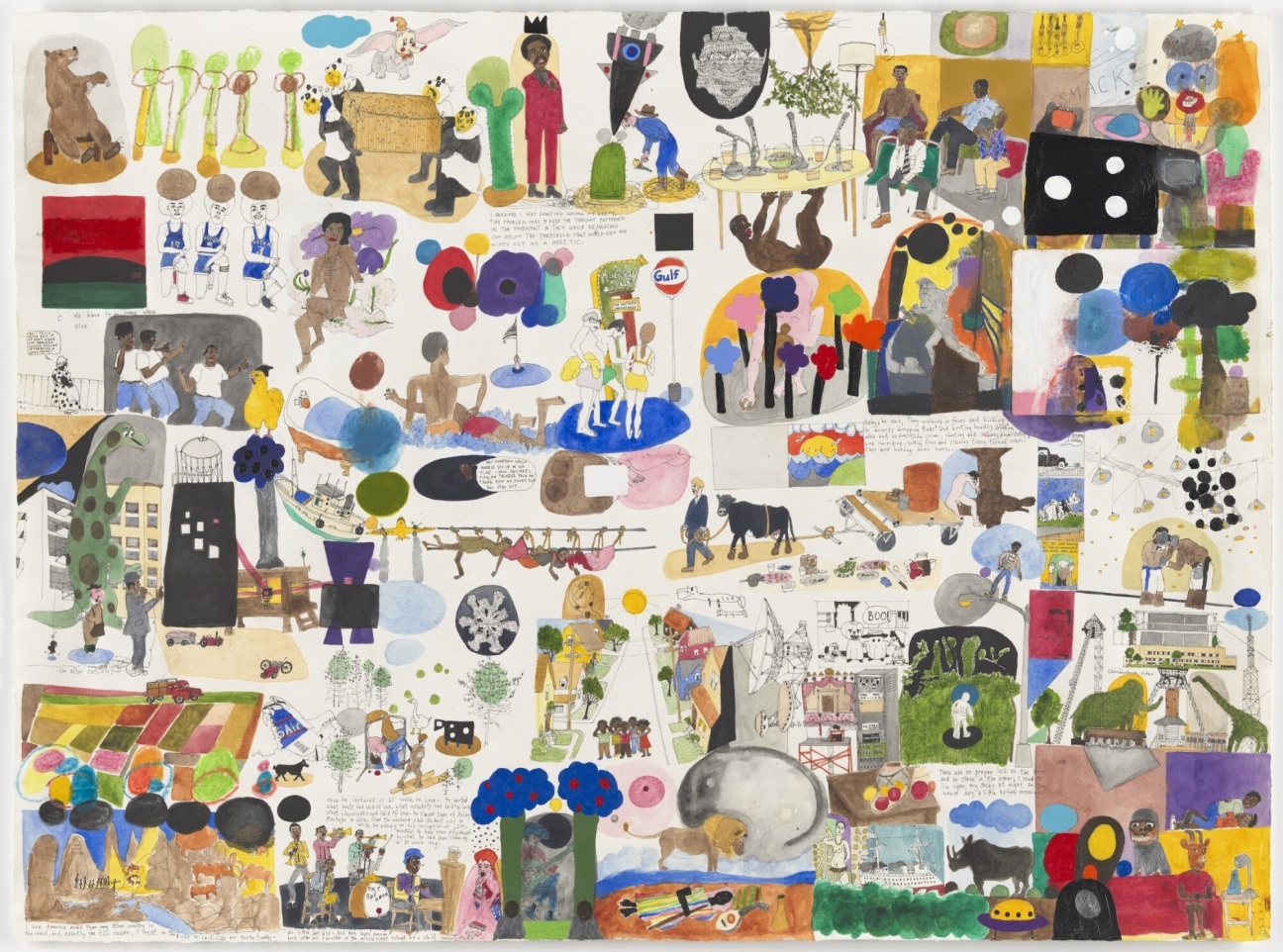
Harrelson: What artists and curators are on your MoMA PS1 wishlist? What upcoming shows are you most proud of?
Butler: We’re preparing for the next iteration of Greater New York in 2026, which will be PS1’s 50th anniversary year. I look forward to exploring the current landscape of artistic practice in New York with my colleagues and featuring many artists in the museum context for the first time. I'm also working on a major show focused on abstraction. This history of Black artists engaged with abstraction interests me in particular, especially in response to the recent focus on figurative painting during and after the pandemic. The truth is that artists don’t think or work in these binary ways and the ways in which particularly painting gets commodified are reductive. The exhibition will trace this history of Black artists and abstraction back to 1968 and highlight more recent practices, looking at how artists engage with abstraction in non-binary and fluid ways. There was also a milestone exhibition in 1980 at PS1 titled "Afro-American Abstraction," which is a touchstone for the show.
Harrelson: What does a day in a life for you look like?
Butler: Well I’m addicted to pilates so my day usually begins with a little self-care. Then doom-scrolling the news to stay informed and grounded at this moment of constant unpredictability keeps me sane and is critical for anyone leading in the cultural sector. That and cold brew coffee. I spend a lot of time at MoMA PS1, but I also engage prospective friends of the institution all over the city. I enjoy exploring the Queens landscape, visiting restaurants and art spaces. One of the great privileges of this work is that no two days are exactly alike.
Harrelson: What does your ideal art day in New York look like and what are your favorite restaurants along the way?
Butler: One of the thrills of living and working in New York is the steady beat of lectures, performances, and incredible exhibitions one can consume. A perfect art day is taking in two or three museum shows, venturing uptown to El Museo del Barrio to see their Trienal, the Guggenheim, Asia Society to see their current exhibition of Aboriginal Australian art, and then downtown to see galleries in Tribeca. I like a day that takes me all over the city and finishes at Shukette in Chelsea, which doesn’t happen often enough because it’s impossible to get in!




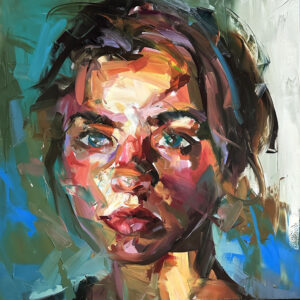





 in your life?
in your life?

